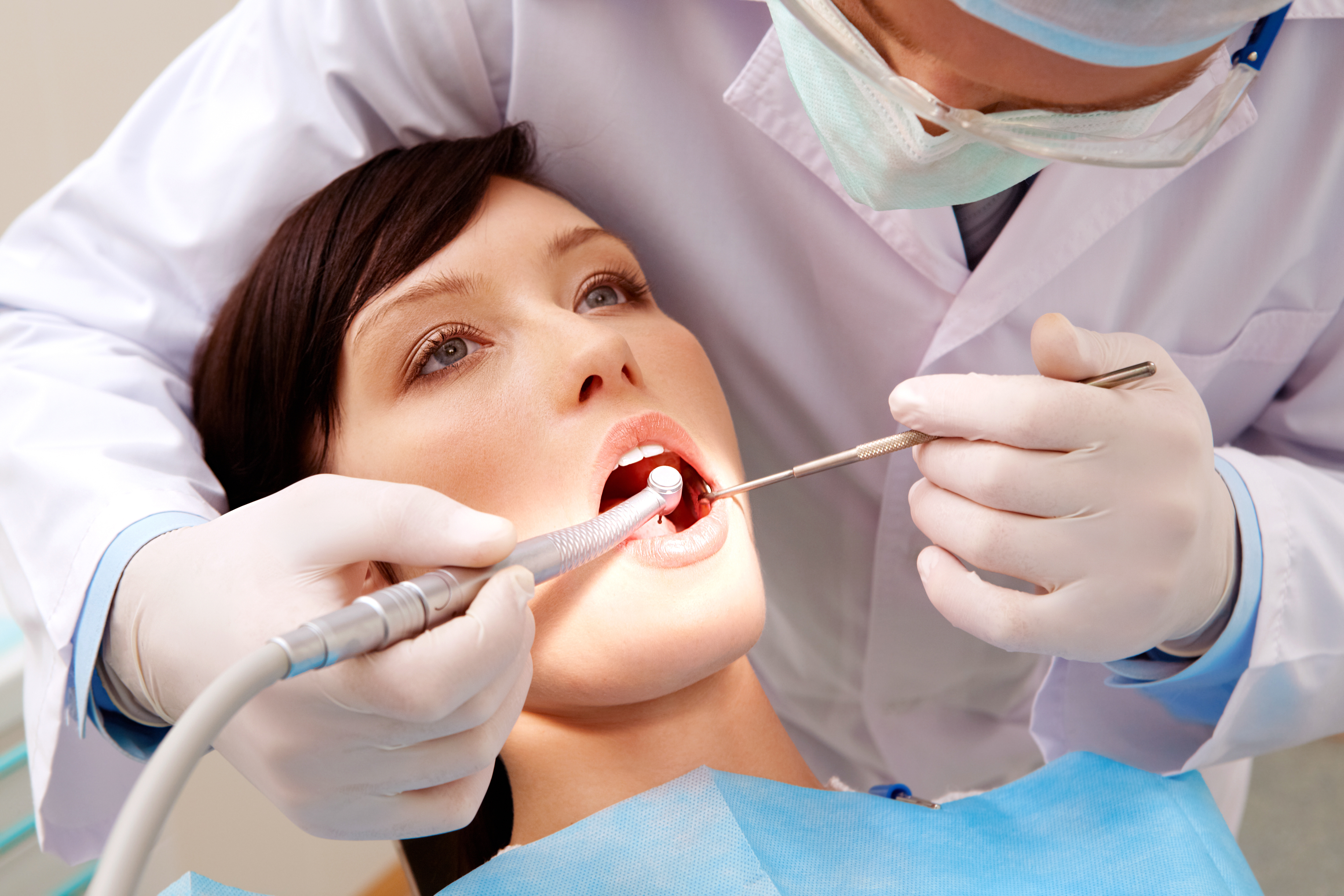DIAGNOSIS
During a dental exam, your dentist typically checks for these things:
- Gum bleeding, swelling, firmness, and pocket depth (the space between the gum and tooth; the larger and deeper the pocket, the more severe the disease)
- Teeth movement and sensitivity and proper teeth alignment
- Your jawbone, to help detect the breakdown of bone surrounding your teeth
To determine how severe your periodontitis is, your dentist may:
- Use a dental instrument to measure the pocket depth of the groove between your gums and your teeth. Your dentist or a hygienist inserts a metal probe beside your tooth beneath your gumline, usually at several sites throughout your mouth. In a healthy mouth, the pocket depth is usually between 1 and 3 millimeters (mm). Pockets deeper than 5 mm may indicate periodontitis.
- Take dental X-rays to check for bone loss in areas where your dentist observes deeper pocket depths.
RECOMMENDED MEDICATIONS
Antibiotic treatments can be used either in combination with surgery and other therapies, or alone, to reduce or temporarily eliminate the bacteria associated with gum disease or suppress the destruction of the tooth’s attachment to the bone.
Chlorhexidine (marketed as the prescription-only brands Peridex, PerioChip, PerioGard, and by numerous other over-the-counter trade names) is an antimicrobial used to control plaque and gingivitis in the mouth or in periodontal pockets. The medication is available as a mouth rinse or as a gelatin-filled chip that is placed in pockets after root planing and releases the medication slowly over about 7 days. Other antibiotics, including doxycycline, tetracycline, and minocycline may also be used to treat gum disease, as determined by your dentist.
In addition, a nonprescription toothpaste that contains fluoride and an antibiotic to reduce plaque and gingivitis, called triclosan, is often recommended.


